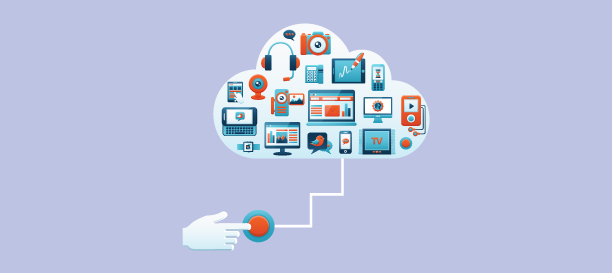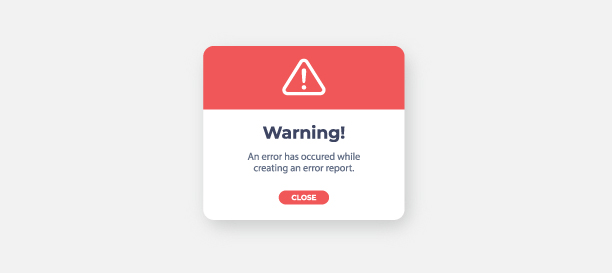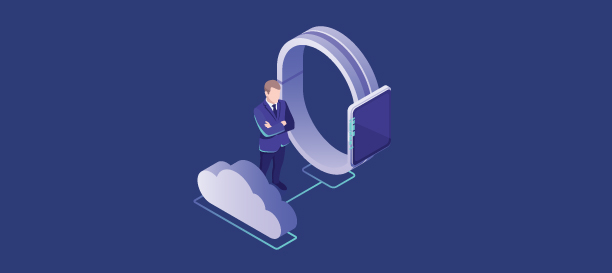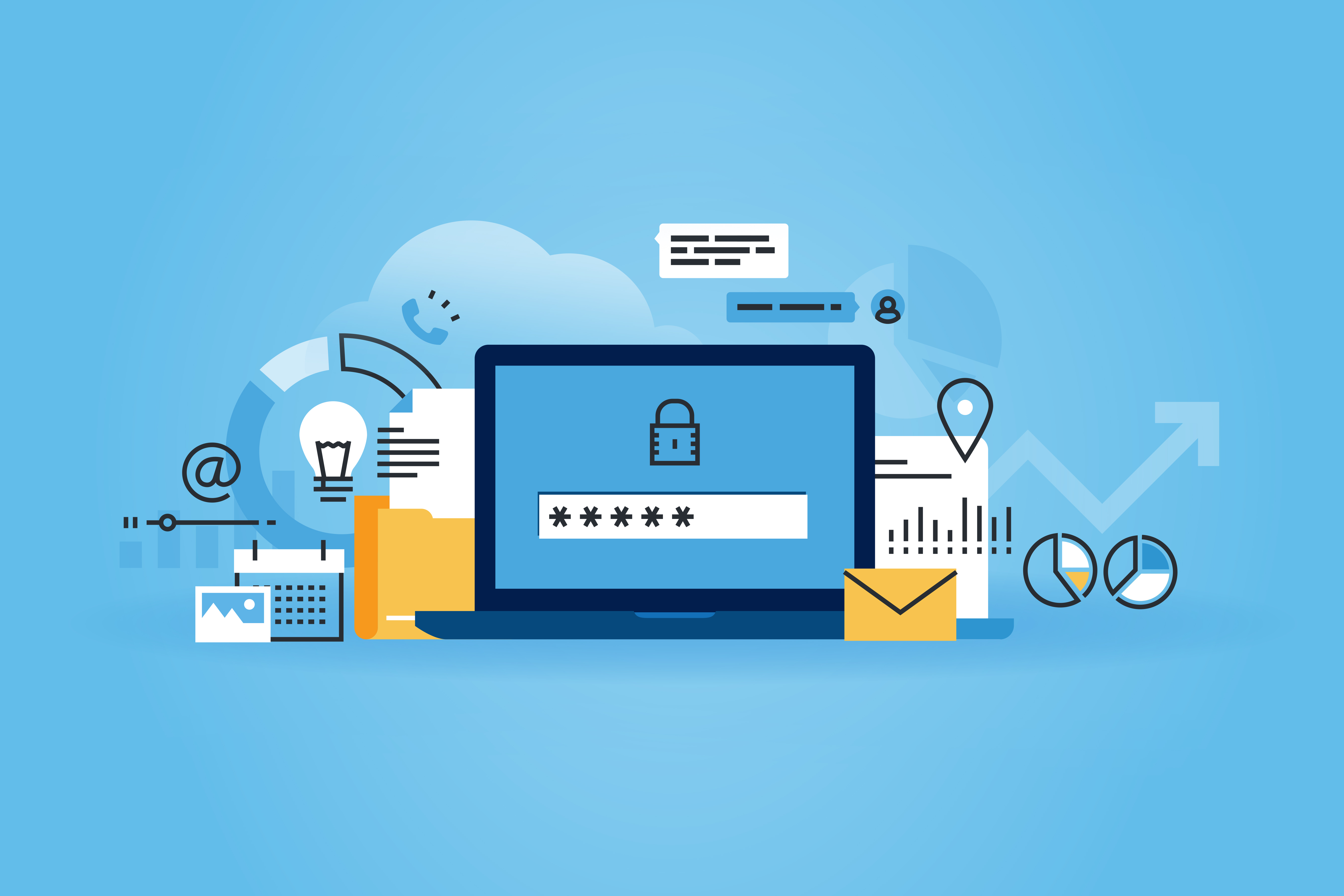
Get smart about smartphones
With flexible working schedules, remote teams and Bring Your Own Device (BYOD) policies in force, it is has become commonplace for employees and business owners alike to use smartphones for work purposes. A quick reply to an email, sharing that sales presentation, glancing over that vendor proposal–all on a smartphone–is something we all do on a daily basis. But with this convenience comes great security risks.
This blog discusses what they are and how you can avoid them.
Mobile devices are lost/stolen more easily
Unlike desktop computers, your smartphones and tablets are easier to steal. O, you may even forget yours at the restroom in the mall or in the subway, and along with it, goes all confidential data.
Phishing: Avoid biting the bait
A smartphone user is more likely to fall for a phishing scam on two accounts–one, with messaging apps like whatsapp, facebook messenger, etc., chances of getting phishing links are higher. The smaller screen size can make it difficult to clearly verify the authenticity of the site being visited.
Free Wi-Fi = free malware
Free wifi makes everyone happy. The smartphone user, the shopkeepers and also malware distributors! Your smartphone literally travels everywhere with you. The mall, the coffee shop, the movies and then to work as well. Just like how humans can catch the flu and make everyone at work sick, your mobile device can get infected with a malware and spread it across your network in the office.
What you can do?
You have antivirus for your computers, why not for your smartphones and tablets? We all know how disastrous a malware attack can be to your data, devices and your brand, in general. Consider installing antivirus software in your mobile devices to safeguard them from such attacks.
How do you prevent misuse of your debit card? With a PIN number, right? You can do the same to your phone by protecting it with a passcode so the miscreant will not be able to use it to access your data. Also, there are apps that let you wipe out all the data from your smartphone remotely in case you lose your device.
Be careful when downloading data and even 3rd party apps on your phone. Double check URLs when browsing online using your phone and don’t click on messages with links that seems malicious. In such cases, remember, if something seems too good to be true, it almost always is. Chances are, you may have not won that million dollar lottery or that all-expenses-paid trip to Europe.
And, spread the word amongst your employees. Their phone has the power to damage your brand! Take care.










